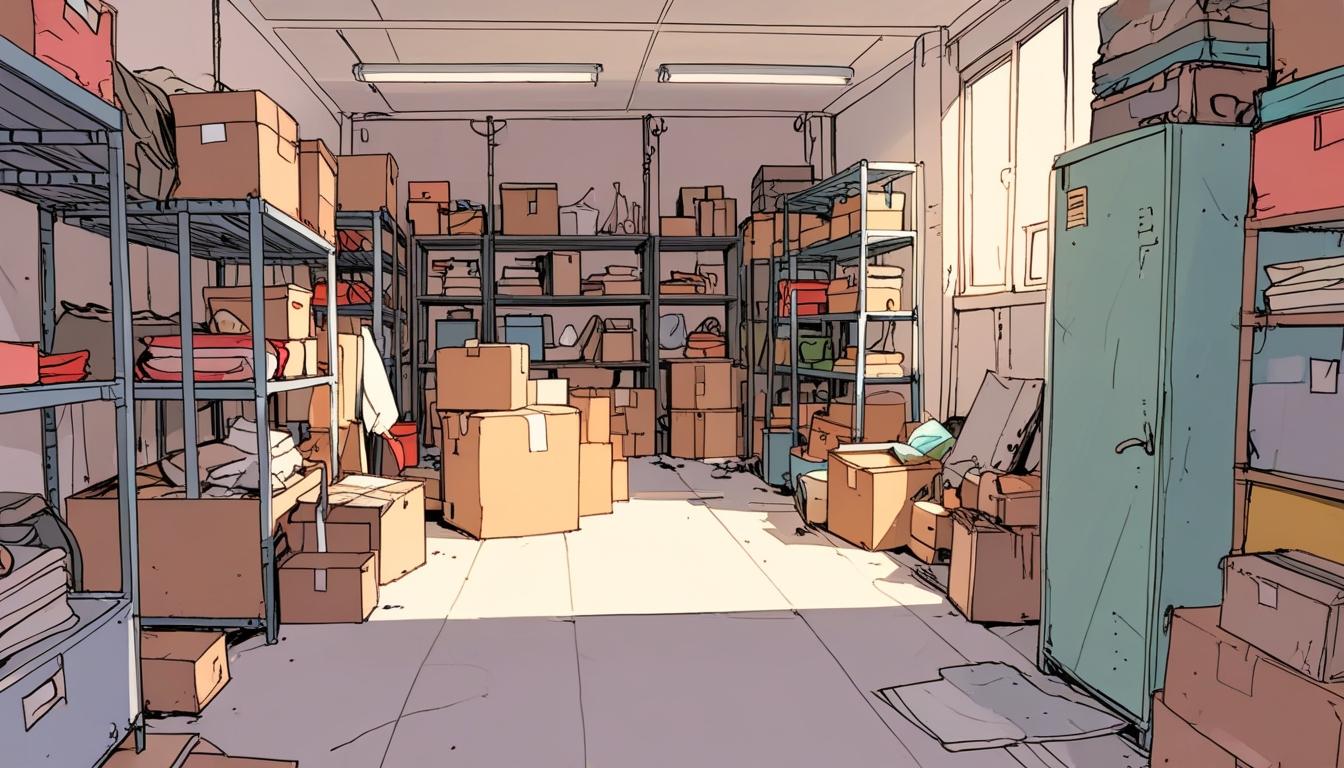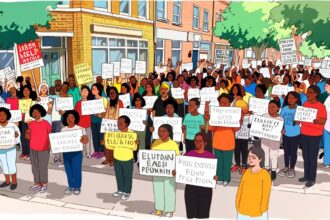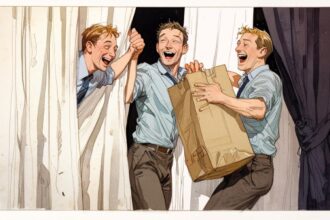A Financial Times report reveals a trend among millennials and Gen Z favouring digital possessions over ownership, yet increasing reliance on storage units reflects the complexities of modern living.
The Financial Times reports on a significant trend emerging within the realms of property and personal belongings, particularly among younger generations such as millennials and Gen Z. This demographic is often characterised by their preference for online access over traditional ownership, leading to a notable shift in consumer behaviour. The article underscores the growing reliance on digital possessions and the sharing economy, exemplified by services like Uber, which render car ownership unnecessary, and platforms enabling the purchase of non-fungible tokens (NFTs) at events like Art Basel Miami Beach.
However, the enthusiasm for digital transactions has not entirely eclipsed the desire for physical ownership. A growing phenomenon is evident in the surging popularity of storage units worldwide, reflecting the complexities of modern living arrangements. Many individuals are now opting to lease rather than own items, resulting in a proliferation of storage spaces filled with items such as furniture, bicycles, and boxes of books. These spaces are often described as “ghost houses”, filled with belongings but devoid of people.
The rise of storage units is attributed to several socio-economic factors, including the persistent housing shortage and the trend towards minimal living spaces. Data from the Self Storage Association indicates that the number of storage facilities in the UK has grown from 1,505 in 2018 to over 2,700, equating to a staggering increase of nearly 80%. This expansion is accompanied by a total of 60 million square feet of shelf storage available across the nation.
The surge in demand for storage units was notably accelerated by the COVID-19 pandemic, which prompted many to seek temporary solutions for their belongings amidst disruption. Although occupancy rates for leading storage companies like Big Yellow and Safestore have moderated since the height of the pandemic, the current demand remains robust. This sustained interest could indicate underlying economic anxieties in light of growing recession fears, as storage utilisation often increases during economic downturns when individuals and businesses face precarious living situations.
The article conveys that while the use of storage for temporary circumstances appears rational, many people continue to pay for these units long after the need for them has diminished. American writer Cat Marnell has referred to storage units as “traps for disorganised people”, highlighting the conflicted relationship many have with their possessions and the emotional weight of parting with them. This emotional connection is further illustrated through anecdotal experiences, such as that of literary critic Sir Frank Kermode, who expressed profound loss after mistakenly relinquishing half his book collection during a move.
Moreover, the act of retaining items in storage can represent a form of psychological hold, allowing individuals to defer emotional decisions regarding treasured belongings. Notably, storage units have also been viewed as sources of stability for those whose living situations are in flux, as articulated by journalist Julie Pool regarding her mother’s experience with storage during periods of instability.
The demand for storage units signals a commitment to preserving physical belongings in the face of the uncertainties of modern life. The Financial Times suggests that should economic conditions continue to falter, the proliferation of storage facilities is likely to persist, offering a semblance of security to individuals navigating the complexities of their material lives.
Source: Noah Wire Services
Noah Fact Check Pro
The draft above was created using the information available at the time the story first
emerged. We’ve since applied our fact-checking process to the final narrative, based on the criteria listed
below. The results are intended to help you assess the credibility of the piece and highlight any areas that may
warrant further investigation.
Freshness check
Score:
8
Notes:
The narrative references recent trends and data from 2018 to the present, indicating current relevance. However, the primary events and statistics mentioned may have been discussed previously.
Quotes check
Score:
8
Notes:
While there are no specific quotes with recent online sources found, the inclusion of quotes from known figures like Cat Marnell and Sir Frank Kermode adds authenticity, though exact sources or dates weren’t verified online.
Source reliability
Score:
9
Notes:
The narrative originates from the Financial Times, a reputable and well-established news source known for reliable information.
Plausability check
Score:
9
Notes:
The claims about increasing demand for storage units and shifts in consumer behaviour align with plausible societal and economic trends.
Overall assessment
Verdict (FAIL, OPEN, PASS): PASS
Confidence (LOW, MEDIUM, HIGH): HIGH
Summary:
The narrative presents plausible trends supported by data and originates from a reliable source. The freshness check suggests recent relevance, though online verification of specific quotes could enhance accuracy.













